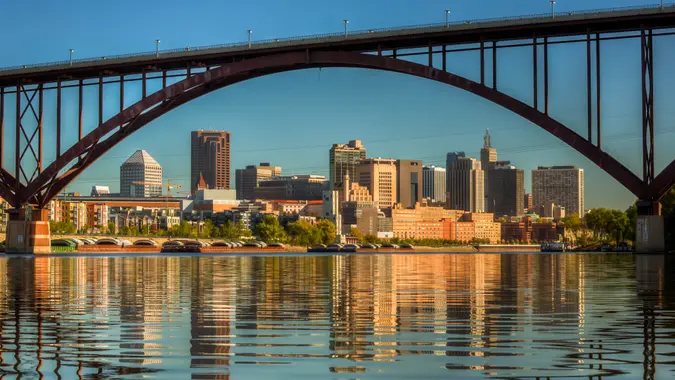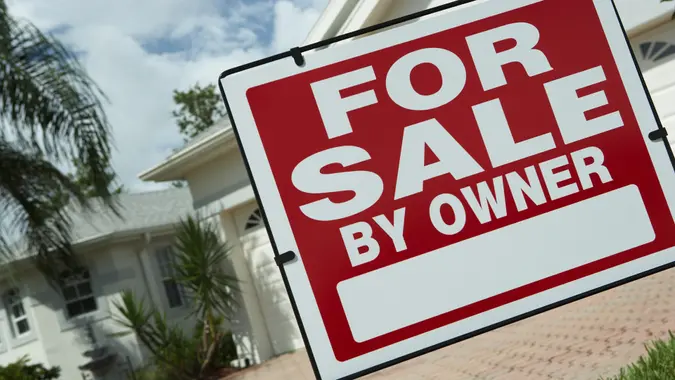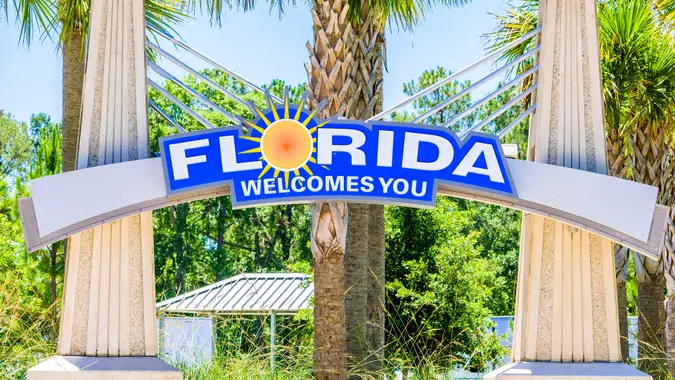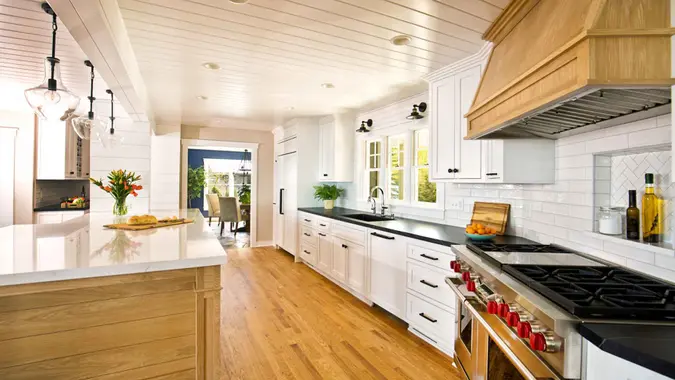4 Surprising Factors That Might Impact Your Home’s Value

Commitment to Our Readers
GOBankingRates' editorial team is committed to bringing you unbiased reviews and information. We use data-driven methodologies to evaluate financial products and services - our reviews and ratings are not influenced by advertisers. You can read more about our editorial guidelines and our products and services review methodology.

20 Years
Helping You Live Richer

Reviewed
by Experts

Trusted by
Millions of Readers
You are likely aware of common factors affecting your home’s value and your personal net worth.
According to Rocket Homes, these include the size, location and proximity to schools, hospitals and transit, age and condition and the current economy and real estate trends. In addition to these considerations, several less obvious factors might surprise you.
Remembering these other factors can benefit you when buying or selling.
1. Air Quality
One in four Americans breathes unhealthy air, according to MSN. Breathing unhealthy air carries with it health concerns, particularly for those who are immunocompromised or have an underlying condition, such as asthma or other forms of lung disease.
Over one million Americans have been forced to move due to poor air quality. Naturally, this has affected the home market. Homebuyers can utilize a Redfin feature that allows users to view the climate and air quality index (AQI) in a particular location to understand their level of risk.
They can avoid potentially harmful areas, while sellers can delay listing until the situation improves, potentially lowering how the length of time their house is on the market.
2. Street Name
A New York Times study based on years of sales and listing data found that the address suffix “Street” is associated with the least valuable homes (as opposed to “Boulevard” or “Avenue.”
Homebuyers looking for a slightly more affordable purchase might benefit from this aging designation that harkens back to the 1950s and tends to indicate older homes.
3. Exterior Structures
A home whose windows look out upon unappealing factories, abandoned buildings or utility structures lowers the value of homes, especially compared to more idyllic locales. In this sense, it isn’t just about how the home looks on the outside and inside.
According to The Zebra, billboards are another large nearby structure that can lead to a lower value. Plus, a messy or strangely-decorated neighbor’s lawn can even have an effect. On the other hand, the presence of trees contributes to positive value.
Trees, of course, are pretty to look at, providing a degree of weather protection, UV blockage and even a possible reduction in air conditioning and heating usage and the accompanying energy bills.
4. Proximity to Popular Chains
The Zebra also reports that proximity to certain popular establishments can increase home value. A study from Zillow found close proximity to Starbucks being associated with an increase in property value.
Rocket Homes referenced a study from ATTOM Data Solutions, a real estate research group, which found that being near Trader Joe’s positively affects home value. Other popular stores like Whole Foods and Walmart have a similar effect.
More From GOBankingRates
 Written by
Written by  Edited by
Edited by 

























